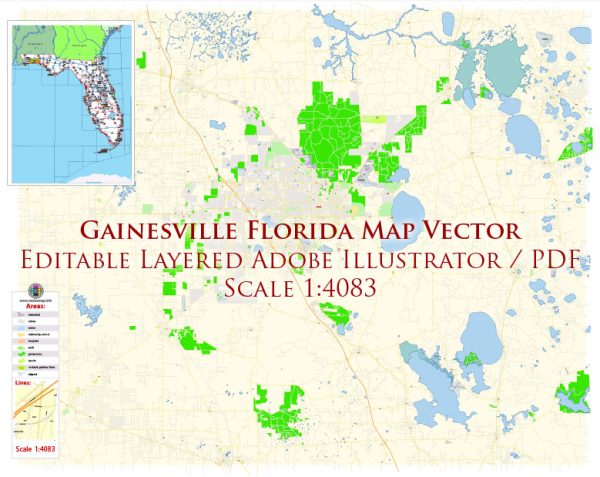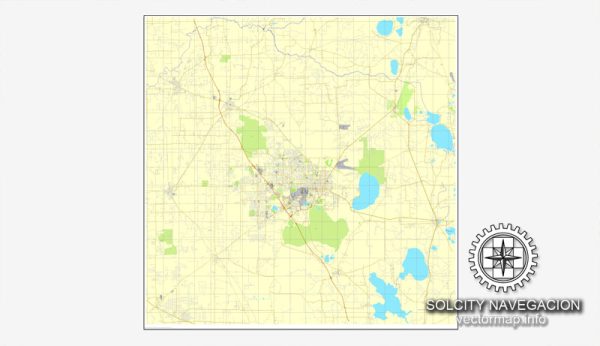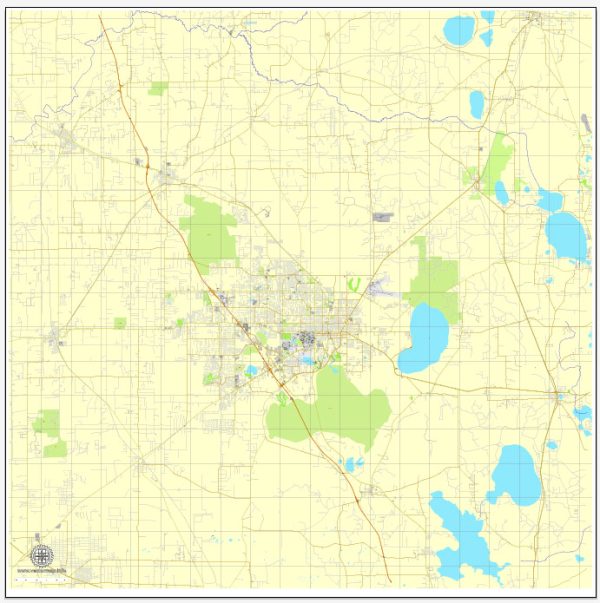Gainesville, Florida, located in the heart of North Central Florida, boasts a diverse architectural landscape that reflects its rich history and status as a major university city. The city’s architecture combines elements of Southern charm, historic preservation, and modern development. Here’s a brief description of the architectural features you can find in Gainesville:
- Historic Downtown: Gainesville’s historic downtown area features a variety of architectural styles, including Victorian, Art Deco, and Colonial Revival. The Hippodrome State Theatre, for example, is housed in a beautifully renovated 1911 building that combines neoclassical and Italianate elements.
- Collegiate Gothic: The University of Florida, one of the largest universities in the state, features many buildings with a Collegiate Gothic architectural style. Century Tower, an iconic structure on campus, showcases this style with its red-brick exterior, arched doorways, and intricate stonework.
- Mid-Century Modern: Gainesville has its fair share of mid-century modern architecture, especially in residential neighborhoods. Homes from the mid-20th century often exhibit clean lines, flat roofs, large windows, and open floor plans. The Duckpond neighborhood, in particular, is known for its well-preserved mid-century homes.
- Spanish Revival: Some buildings, such as the Thomas Hotel, exemplify the Spanish Revival style. This style features stucco exteriors, red-tiled roofs, and decorative elements like wrought-iron railings and arched doorways.
- Contemporary Designs: As Gainesville continues to grow, you’ll find more modern architectural designs, incorporating glass, steel, and other contemporary materials. The city’s development includes various residential complexes, commercial spaces, and educational facilities that adhere to modern architectural principles.
- Natural Surroundings: Many buildings in Gainesville are designed with the natural environment in mind. Homes and commercial structures often incorporate elements like large windows and outdoor spaces to take advantage of the city’s lush surroundings and warm climate.
- Adaptive Reuse: The city values historic preservation, and you’ll find many instances of adaptive reuse in Gainesville, where older buildings are repurposed for modern uses. Examples include old warehouses turned into trendy loft apartments and historic storefronts repurposed as restaurants and boutiques.
Gainesville’s architecture reflects the city’s rich history, the influence of the University of Florida, and its growing contemporary character. The city’s commitment to preserving its historic structures and integrating them into its modern development makes for a diverse and visually appealing architectural landscape.




 Author: Kirill Shrayber, Ph.D.
Author: Kirill Shrayber, Ph.D.